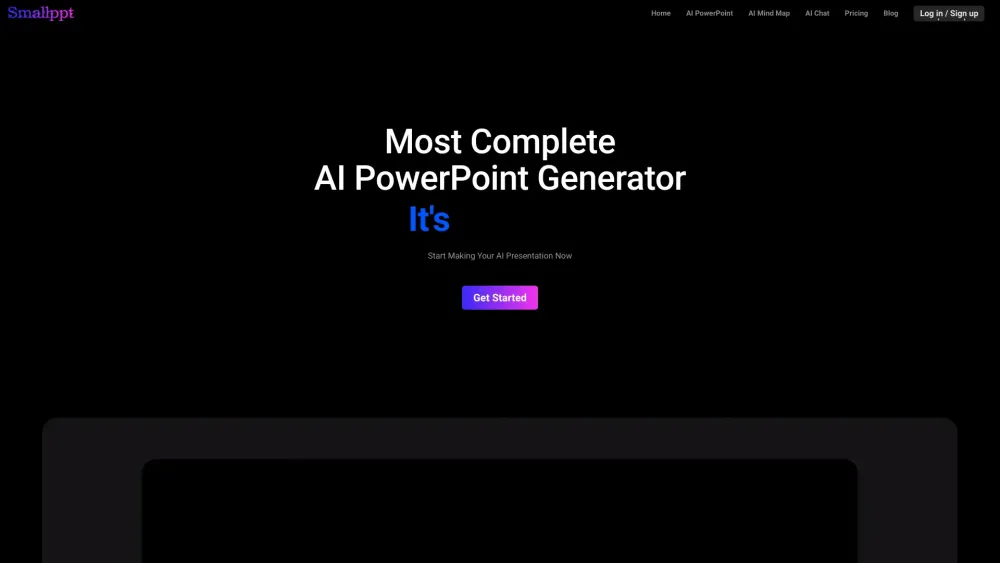Attacking organizations' endpoints and infrastructure with conventional cyber defense systems can fall short against today’s sophisticated threat landscape. Cybercrime gangs leverage AI and machine learning, while nation-state adversaries recruit top talent to bolster their efforts. As a result, organizations must equally prioritize resilience.
Resilient networks have become a top concern at the board level, as discussed by several CISOs at RSAC 2024. Boards are demanding clear progress on risk management goals, with CISOs emphasizing the need for enhanced infrastructure efficacy and greater visibility at the container and kernel levels.
Despite 80% of companies expressing confidence in their cyber attack readiness, only 3% are genuinely prepared, according to Jeetu Patel, Executive Vice President and General Manager of Security and Collaboration at Cisco. The consequences of inadequate resilience can be severe, underscoring the necessity for a transformative approach to cybersecurity.
CISOs highlighted pressing challenges such as improving cloud infrastructure resilience, securing software supply chains, ensuring software bill of materials (SBOM) compliance, and protecting connections with partners against evolving threats.
Redefining Cybersecurity for an AI-Driven Landscape
To counter AI-driven attacks, Patel stresses the importance of integrating AI into defense mechanisms at machine scale. Organizations face hurdles in keeping infrastructure up-to-date, managing patches effectively, and implementing strong segmentation. Neglecting these aspects creates vulnerabilities that attackers exploit.
Patching Challenges: A recent Ivanti report reveals that 61% of mission-critical system patches are deemed urgent. However, 71% of IT professionals find patching overly complex, and 62% acknowledge that patch management often takes a backseat to other pressing tasks.
Segmentation Difficulties: Pursuing a zero-trust security framework includes the challenge of segmentation, which limits lateral movement by attackers. Outdated infrastructure complicates security further, as many organizations operate within restricted change control environments.
Why Cybersecurity Needs a Shift
Defending against AI-based attacks requires a groundbreaking approach. Cisco’s leaders emphasize that cybersecurity should leverage native AI, kernel-level visibility, and hardware acceleration, leading to self-upgrading security systems. Their recent keynote, “The Time Is Now: Redefining Security In the Age of AI,” outlines the importance of adapting cybersecurity strategies to include these advanced technologies.
Patel champions native AI as integral to Cisco's forward-looking cybersecurity framework, highlighted by their new HyperShield, a hyper-distributed security fabric that enhances enterprise-wide protection.
Three Technological Shifts Transforming Cybersecurity
1. Artificial Intelligence (AI): AI is set to significantly boost the accuracy and performance of security operations centers (SOCs). The seamless integration of native AI into cybersecurity platforms fosters trust and enhances efficiency.
2. Kernel-level Visibility: As Patel notes, without visibility, effective protection is impossible. Technologies like the extended Berkeley Packet Filter (eBPF) enable deep insights into server and operating system operations, enhancing security measures.
3. Hardware Acceleration: Advances in GPUs and data processing units (DPUs) are catalyzing the evolution of cybersecurity. These technologies facilitate rapid throughput improvements for security operations, enabling encryption and connection management at unprecedented speeds.
By embracing these shifts, organizations can redefine their cybersecurity frameworks to be more resilient and adaptive, ultimately creating a robust defense against emerging threats.





